In a world filled with endless options, choosing the perfect headphone can seem like a complicated task. With so many brands, styles, and features to consider, finding the right one can be overwhelming. However, with a little guidance, you can navigate through the sea of headphones and find the perfect pair that suits your needs and preferences.
I. Introduction
A. Importance of Choosing the Right Headphone
Headphones have become an essential accessory for many people, whether it’s for enjoying music, watching movies, gaming, or making calls. The right headphone can significantly enhance your listening experience, providing immersive sound quality and comfort for extended use.
B. Factors to Consider Before Making a Decision
Before diving into the world of headphones, it’s essential to understand the key factors that influence your choice. From sound quality to comfort and compatibility, each aspect plays a crucial role in determining the best headphone for you.
II. Understanding Your Needs

A. Purpose of Headphones
First and foremost, consider the primary purpose of your headphones. Are you looking for a pair for casual listening, professional studio use, or intense gaming sessions? Understanding your needs will help narrow down your options and focus on features that matter most to you.
B. Types of Headphones
Headphones come in various styles, including over-ear, on-ear, and in-ear. Each type offers a unique combination of comfort, sound isolation, and portability. Consider the pros and cons of each style to find the one that best suits your preferences.
C. Consideration of Usage Scenarios
Think about where and how you plan to use your headphones. Will you be using them at home, in the office, or on the go? Different environments may require different features, such as noise cancellation or wireless connectivity.
Unveiling the PS5 Pro: Everything You Need to Know
III. Sound Quality Matters In Headphone
A. Importance of Sound Quality
Sound quality is arguably the most critical factor when choosing a headphone. Look for headphones that deliver clear, balanced audio with deep bass and crisp highs. Pay attention to specifications such as frequency response, impedance, and driver size to ensure optimal performance.
B. Understanding Specifications
Don’t be intimidated by technical specifications. Take the time to understand what each specification means and how it affects sound quality. For example, a wider frequency response range typically indicates better audio reproduction across different frequencies.
C. Testing the Sound
Whenever possible, test the sound quality of headphones before making a purchase. Listen to a variety of music genres to gauge how well the headphones handle different types of audio. Pay attention to clarity, detail, and overall sound signature.
How To Choose Best Earbuds For You In 2024
IV. Comfort and Fit of Headphone
A. Importance of Comfort
Comfort is essential, especially if you plan to wear your headphones for extended periods. Look for headphones with padded ear cups, adjustable headbands, and lightweight designs to minimize fatigue and discomfort.
B. Different Styles of Headphones
Each headphone style offers a different level of comfort and fit. Over-ear headphones provide excellent sound isolation and comfort for extended use, while in-ear headphones are more compact and portable. Consider your preferences and lifestyle when choosing a style.
C. Testing Comfort and Fit
Try on different headphones to assess comfort and fit. Pay attention to how the ear cups or ear tips feel against your ears and whether there’s any pressure or discomfort. Adjust the headband or ear loops to ensure a snug yet comfortable fit.
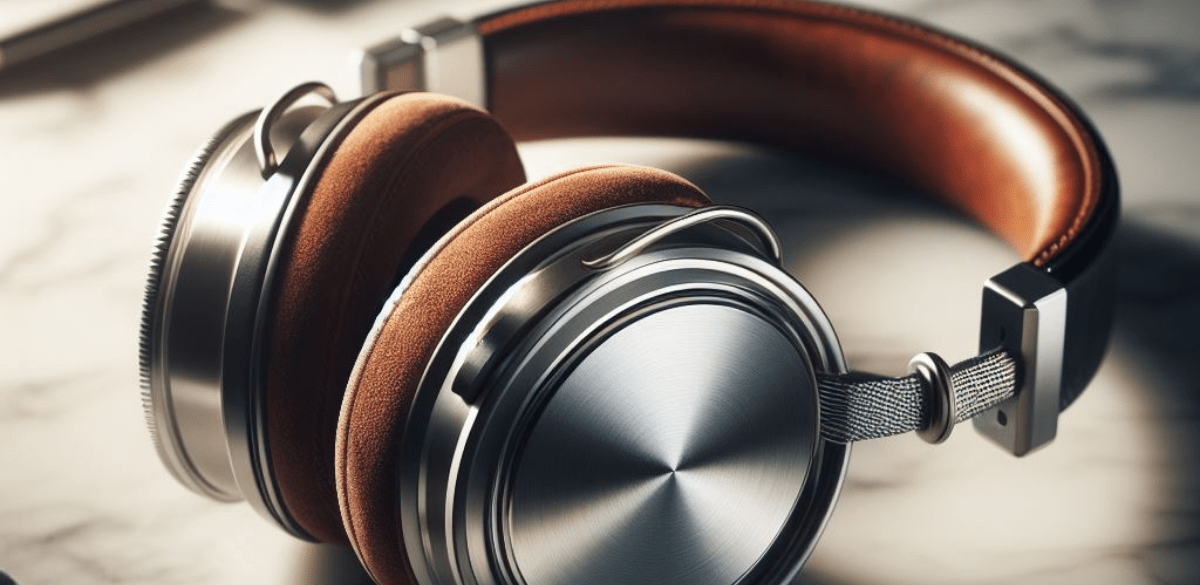
V. Durability and Build Quality
A. Importance of Durability
Durability is another crucial factor to consider, especially if you plan to use your headphones regularly. Look for headphones made from high-quality materials that can withstand daily wear and tear without compromising performance.
B. Materials Used in Construction
Check the materials used in the construction of the headphones, including the headband, ear cups, and cables. Premium materials such as aluminum, stainless steel, and leather not only enhance durability but also add a touch of elegance to the design.
C. Checking Build Quality of Headphone
Inspect the build quality of the headphones, paying attention to any loose joints, flimsy components, or weak points. A well-built headphone should feel sturdy and robust, with smooth adjustments and secure connections.
VI. Additional Features
A. Wireless vs. Wired headphone
Consider whether you prefer wireless or wired headphones. Wireless headphones offer greater freedom of movement, while wired headphones typically provide better audio quality and reliability. Choose the option that best suits your lifestyle and preferences.
B. Noise-Canceling Technology
Noise-canceling headphones can significantly reduce ambient noise, making them ideal for travel or noisy environments. Look for headphones with active noise-canceling technology that can block out unwanted sounds without compromising audio quality.
C. Other Features to Consider
Explore other features such as built-in microphones, touch controls, and customizable EQ settings. These additional features can enhance the functionality and convenience of your headphones, allowing you to customize your listening experience.
Build powerful Gaming Pc with the 10 easy steps.
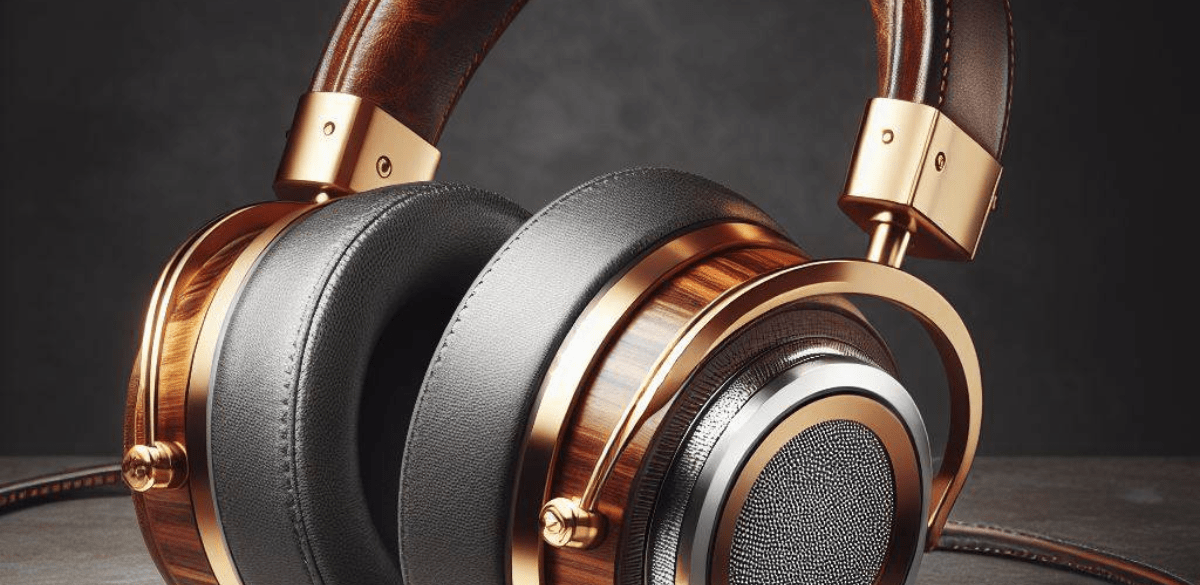
VII. Budget Considerations For Headphone
B. Finding the Best Value
While it’s tempting to go for the most expensive option, it’s essential to consider value for money. Look for headphones that offer a balance between price and performance, ensuring you get the most bang for your buck.
C. Balancing Features with Cost
Consider which features are essential to you and prioritize them within your budget. You may need to make trade-offs between premium features and affordability, but finding the right balance will ensure you get the best value for your investment.
VIII. Brand Reputation and Reviews
A. Researching Brands
Take the time to research different headphone brands and their reputations in the market. Look for brands with a track record of quality and reliability, as they’re more likely to deliver a satisfactory experience.
B. Reading Reviews and Testimonials
Read reviews and testimonials from both experts and consumers to get a better understanding of each headphone’s performance and reliability. Pay attention to common issues or praise mentioned in reviews to make an informed decision.
C. Considering Long-Term Customer Satisfaction
Consider the long-term satisfaction of existing customers when choosing a headphone brand. Look for brands that have a reputation for excellent customer service and support, as they’re more likely to stand behind their products and address any issues that may arise.
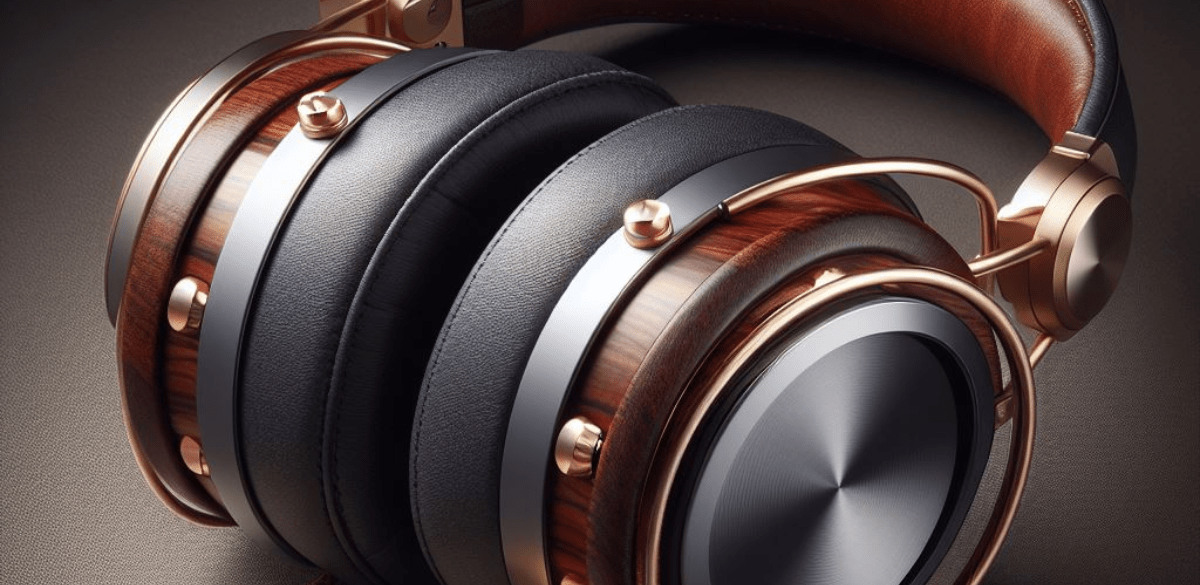
IX. Compatibility and Connectivity
A. Compatibility with Devices
Ensure that the headphones you choose are compatible with your devices, whether it’s a smartphone, tablet, laptop, or gaming console. Check for compatibility with both wired and wireless connections to ensure seamless integration.
B. Wired and Wireless Connectivity Options
Consider whether you prefer wired or wireless connectivity for your headphones. Wired headphones offer reliable connectivity and consistent audio quality, while wireless headphones provide greater freedom of movement and convenience.
C. Ensuring Seamless Integration
Choose headphones that offer seamless integration with your devices, whether it’s through Bluetooth pairing, NFC, or proprietary wireless technology. Ensure that the connection is stable and reliable for uninterrupted listening enjoyment.
X. Warranty and Customer Support
A. Importance of Warranty
Check the warranty coverage offered by the headphone manufacturer to protect your investment against defects and malfunctions. Look for warranties that cover both parts and labor for added peace of mind.
B. Assessing Customer Support
Research the customer support options provided by the headphone manufacturer, including online resources, phone support, and warranty claims processes. Choose a brand that offers responsive and helpful customer support to address any issues or concerns.
C. Evaluating Return Policies
Review the return policies of retailers selling the headphones to ensure flexibility in case you need to return or exchange them for any reason. Look for retailers with hassle-free return policies and generous exchange windows for added convenience.
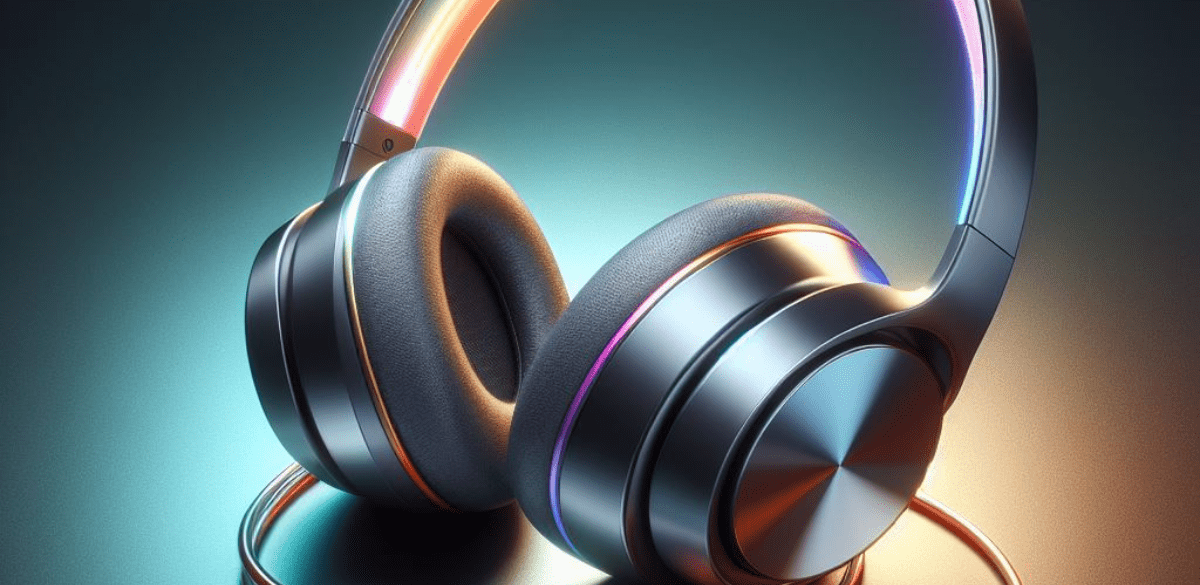
XI. User Experience and Interface
A. Ease of Use
Choose headphones with a user-friendly interface and intuitive controls for easy operation. Look for features such as touch controls, voice commands, and customizable settings to enhance the user experience.
B. Button Layout and Controls
Consider the layout and placement of buttons and controls on the headphones to ensure easy access and operation. opt for headphones with well-designed controls that are easy to reach and operate without looking.
C. User-Friendly Interfaces
Choose headphones with user-friendly interfaces that make it easy to navigate menus, adjust settings, and pair with devices. Look for features such as LED indicators, voice prompts, and companion apps for a seamless user experience.
XII. Testing headphone Before Purchase
A. Visiting a Physical Store
Whenever possible, visit a physical store to try out different headphones and see how they feel and sound in person. Take your time to explore various models and ask for assistance from knowledgeable staff.
B. Trying Out Different Models of headphone.
Don’t be afraid to try out different models and brands to find the perfect fit for your needs and preferences. Experiment with different styles, features, and sound signatures to see which one suits you best.
C. Asking for Expert Advice
Seek advice from experts or experienced users who can provide valuable insights and recommendations based on their own experiences. Don’t hesitate to ask questions and clarify any doubts before making a decision.
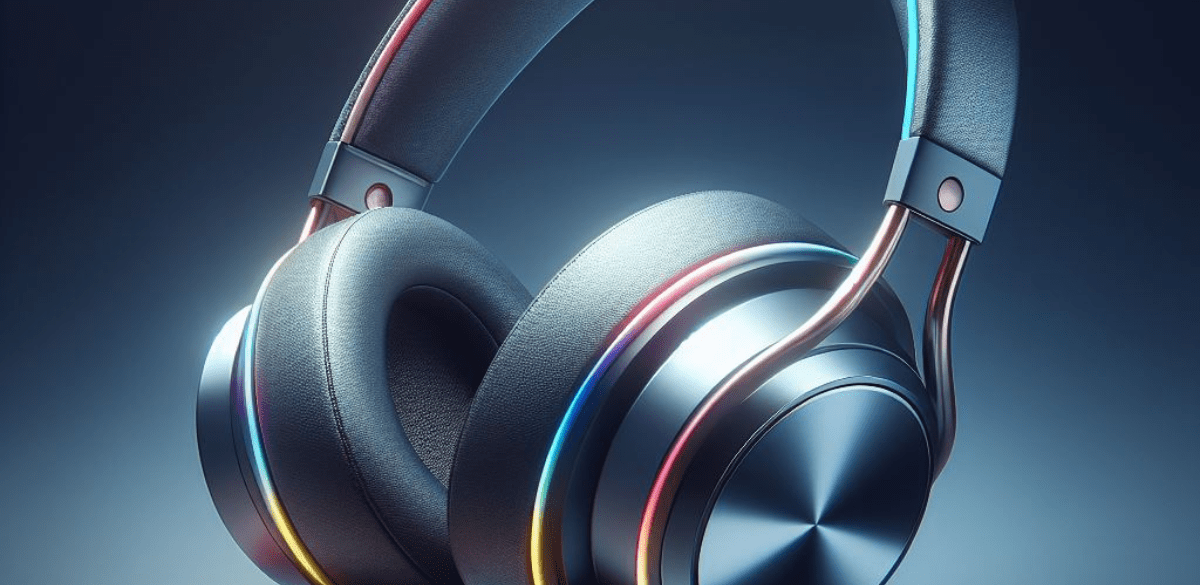
XIII. Final Decision Making
A. Weighing Pros and Cons
Take the time to weigh the pros and cons of each headphone based on your needs, preferences, and budget. Consider factors such as sound quality, comfort, durability, and features to make an informed decision.
B. Making an Informed Choice
Ultimately, choose the headphone that best meets your requirements and provides the best overall value. Trust your instincts and go with the option that feels right for you, knowing that you’ve done your research and considered all the factors.
C. Happy Listening!
With your new headphones in hand, it’s time to sit back, relax, and enjoy your favorite music, movies, games, or podcasts. Here’s to many hours of immersive and enjoyable listening experiences!
Conclusion
Choosing the best headphone requires careful consideration of various factors, including sound quality, comfort, durability, features, and budget. By understanding your needs, researching different options, and testing before purchase, you can find the perfect pair that enhances your listening experience and fits your lifestyle.
FAQs
- What are the different types of headphones available?
- Over-ear, on-ear, and in-ear headphones are the main types available, each offering unique advantages and disadvantages.
- How important is sound quality when choosing headphones?
- Sound quality is crucial as it directly impacts your listening experience. Look for headphones with clear, balanced audio for the best results.
- What should I look for in terms of comfort and fit?
- Pay attention to features like padded ear cups, adjustable headbands, and lightweight designs to ensure comfort during extended use.
- Are wireless headphones better than wired ones?
- It depends on your preferences and usage scenarios. Wireless headphones offer greater freedom of movement, while wired headphones typically provide better audio quality.
- How can I ensure compatibility with my devices?
- Check the compatibility of headphones with your devices and ensure seamless integration through wired or wireless connections.
